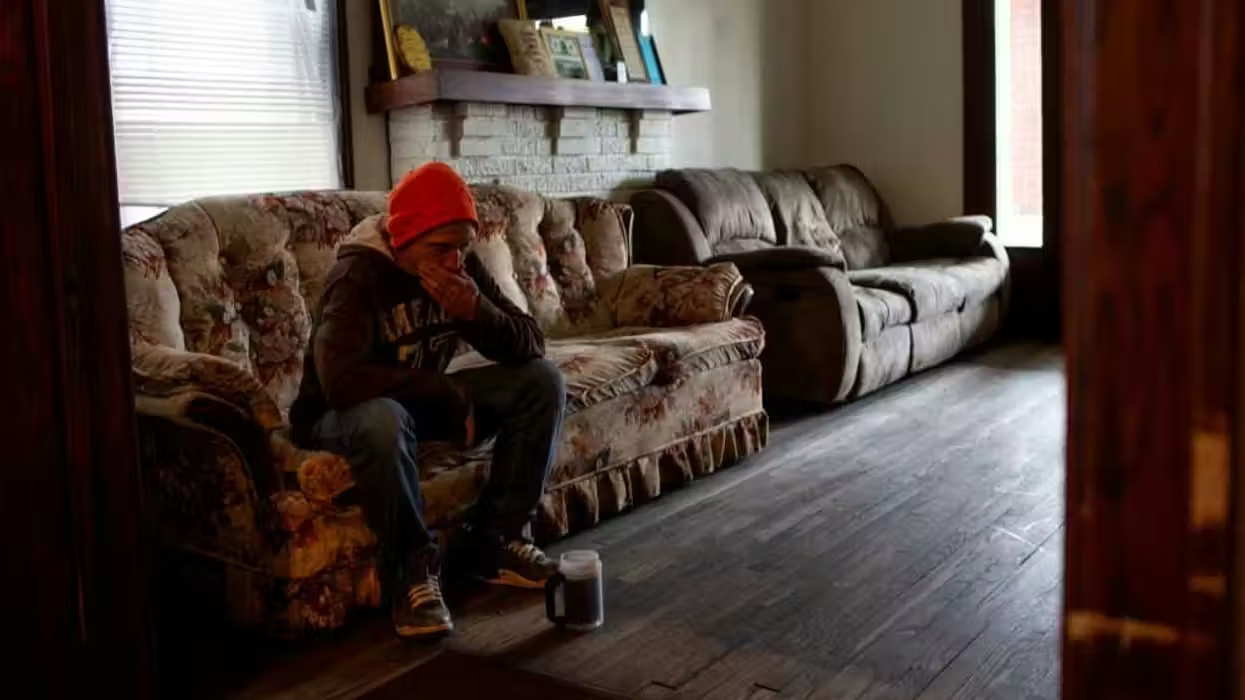
© 2025 Blaze Media LLC. All rights reserved.
"these signals can appear significantly in advance of slip events."

A new study from Rutgers University has made an observation that could help improve the detection of earthquakes, diagnose a concrete bridge as vulnerable to collapse, or predict failure of engines with ceramic parts before it leads to fires or delaying shutdowns, New Scientist explains.
The study describes "electrostatic precursors," or electrical bursts, that are seen in certain materials as they begin to fail. Published in the Proceedings of the National Academy of Sciences, the research led by Troy Shinbrot and his colleagues describe this phenomenon after studying small avalanches created in the lab.
New Scientist explains further:
The team found that the bursts originated from tiny flaws in the structure of the densely packed powder. These propagated towards the surface as the cylinder revolved, eventually resulting in a crack that sheared off a portion of the powder from the main body.[...]
They have no explanation as yet but have ruled out a build-up of static electricity, chemical production of electricity and pressure effects.
According to the study's abstract, it is well known that electrical signals have been seen as cracks form in crystal and glass. Their research explains how "cohesive powders also produce electrical signals" and how "these signals can appear significantly in advance of slip events."
PhysOrg points out these types of materials include "ceramics in turbines, chalk in cliffs, and concrete in bridges." Seeing a "voltage spike" in these structures could indicate the potential for damage that can be repaired before it ever occurs.
Want to leave a tip?
We answer to you. Help keep our content free of advertisers and big tech censorship by leaving a tip today.
Want to join the conversation?
Already a subscriber?
more stories
Sign up for the Blaze newsletter
By signing up, you agree to our Privacy Policy and Terms of Use, and agree to receive content that may sometimes include advertisements. You may opt out at any time.
Related Content
© 2025 Blaze Media LLC. All rights reserved.
Get the stories that matter most delivered directly to your inbox.
By signing up, you agree to our Privacy Policy and Terms of Use, and agree to receive content that may sometimes include advertisements. You may opt out at any time.






